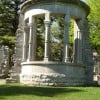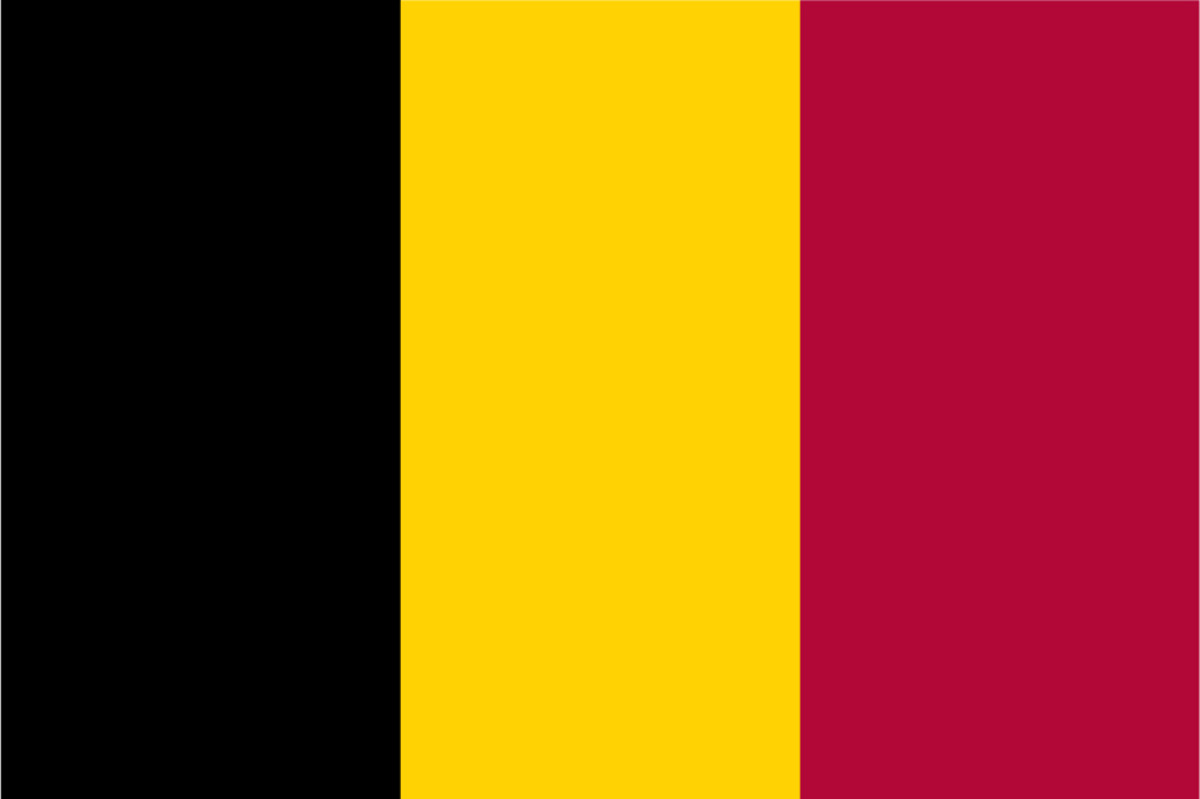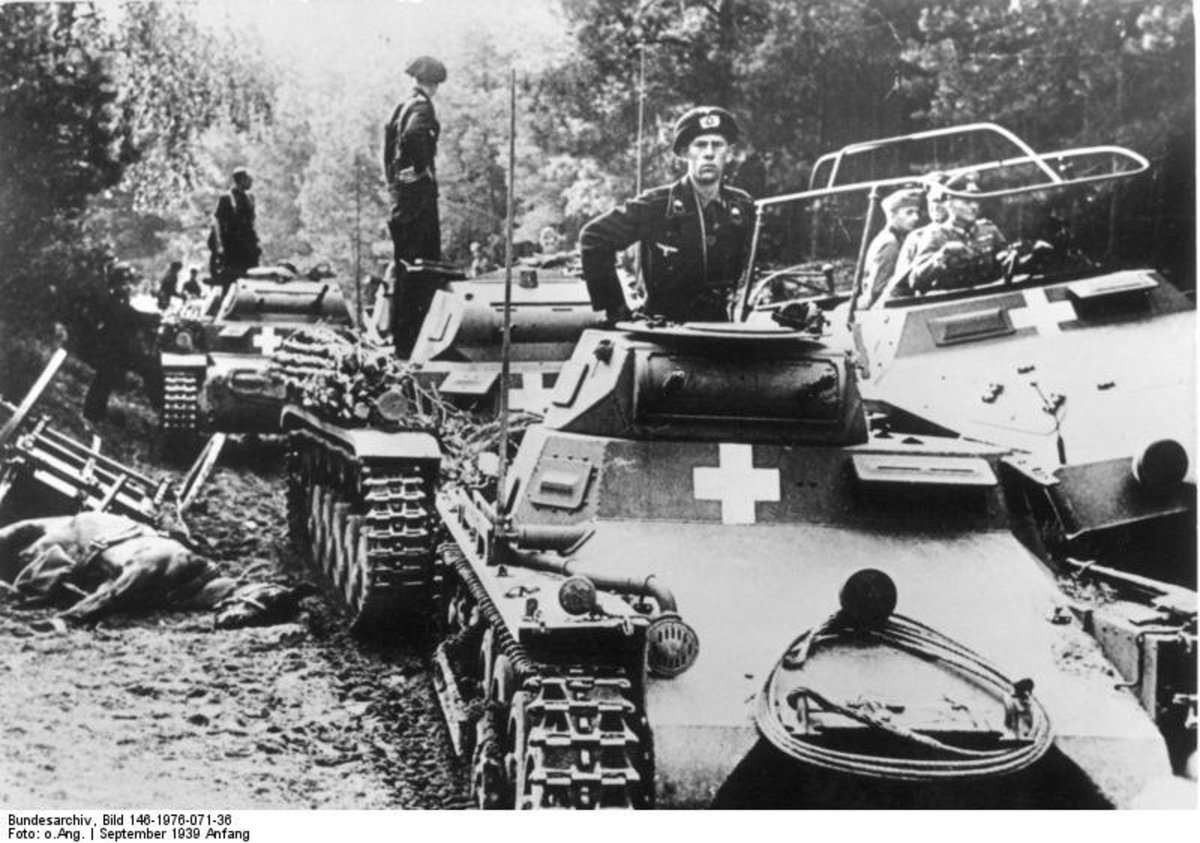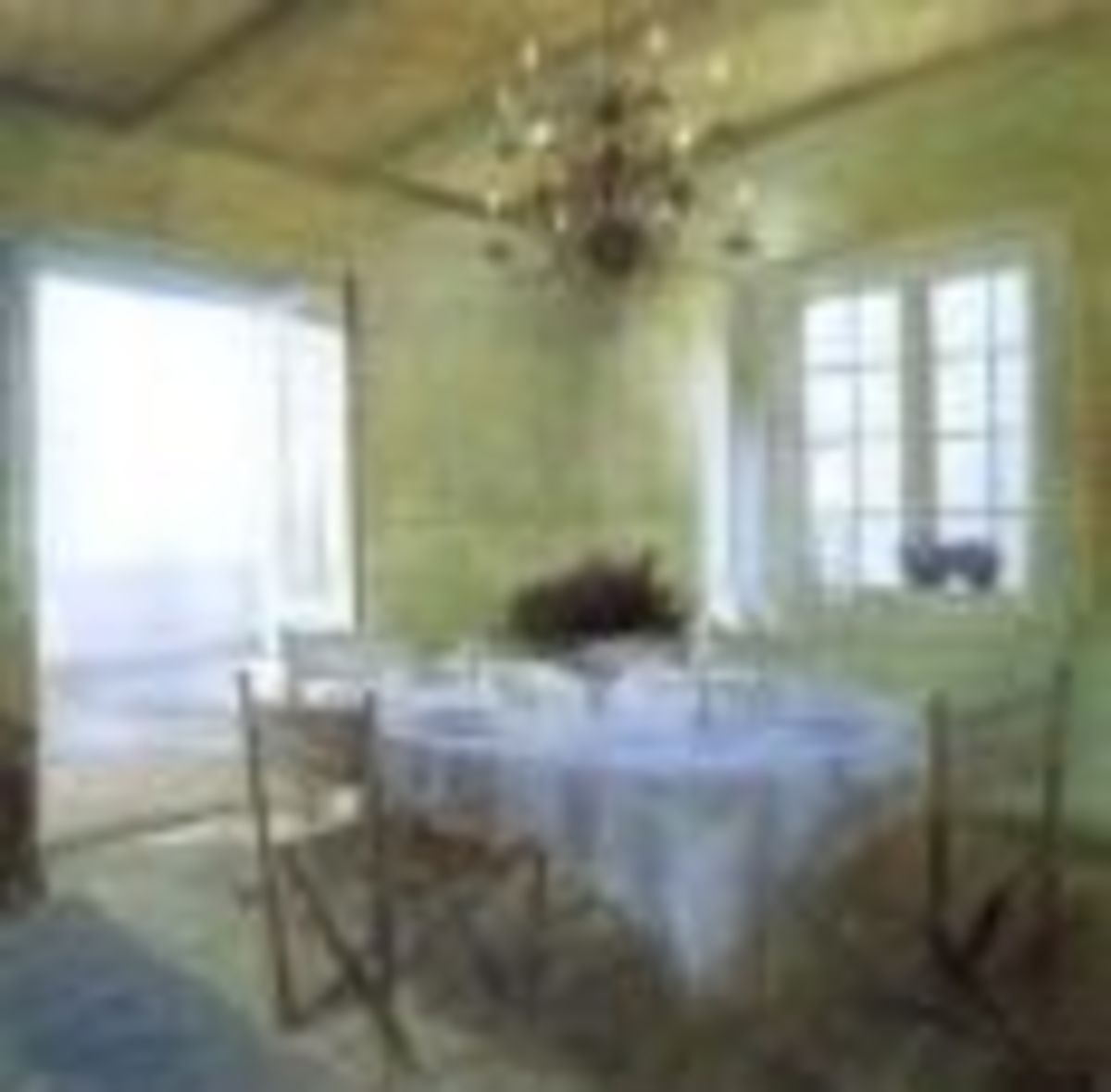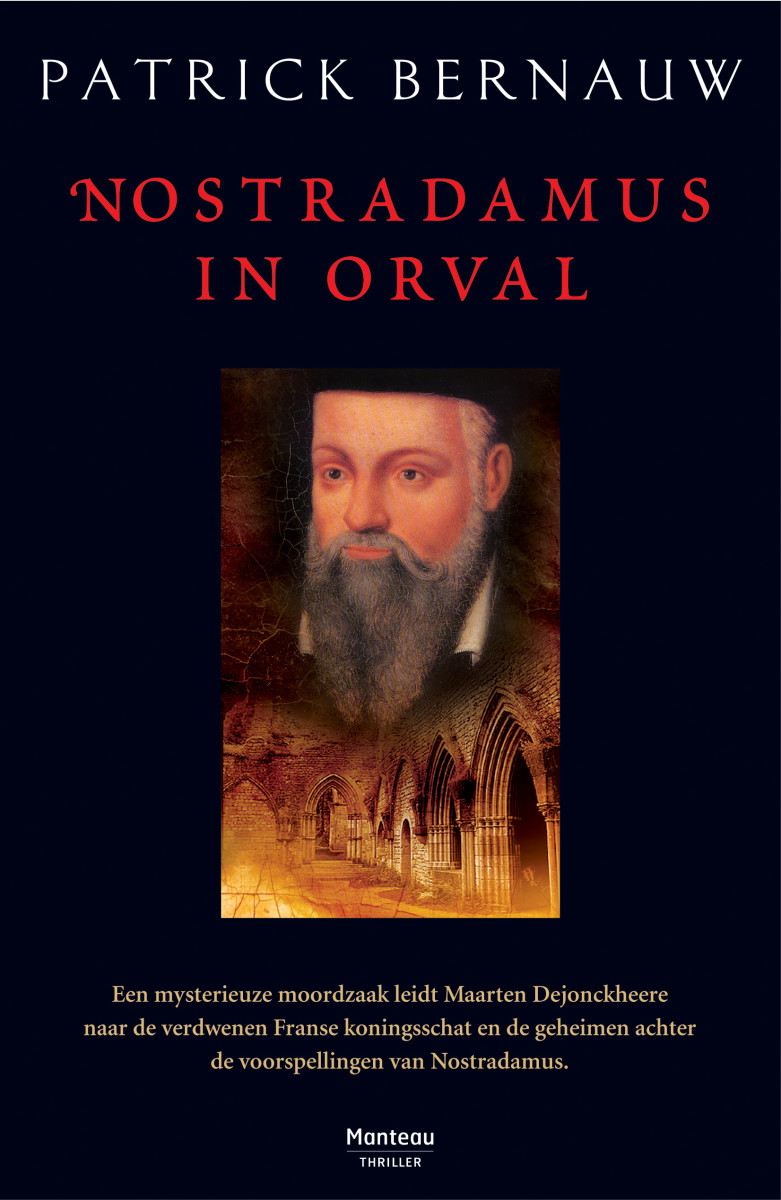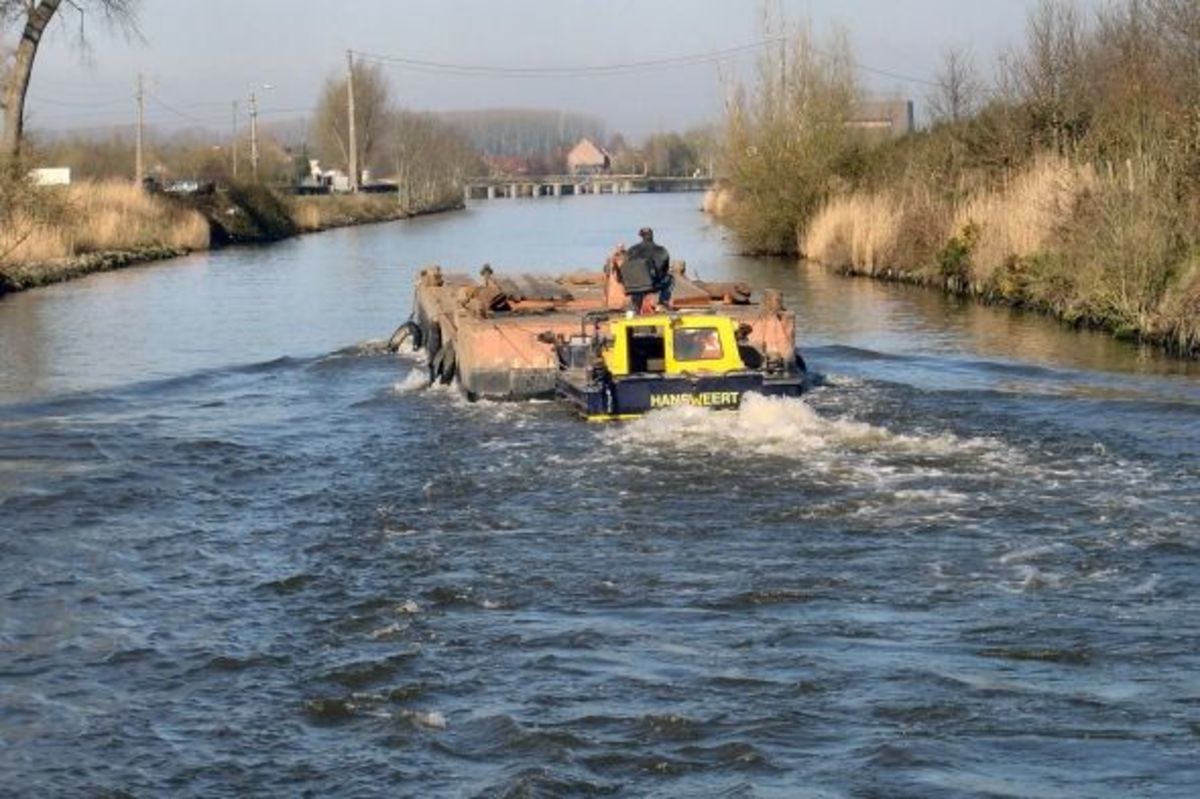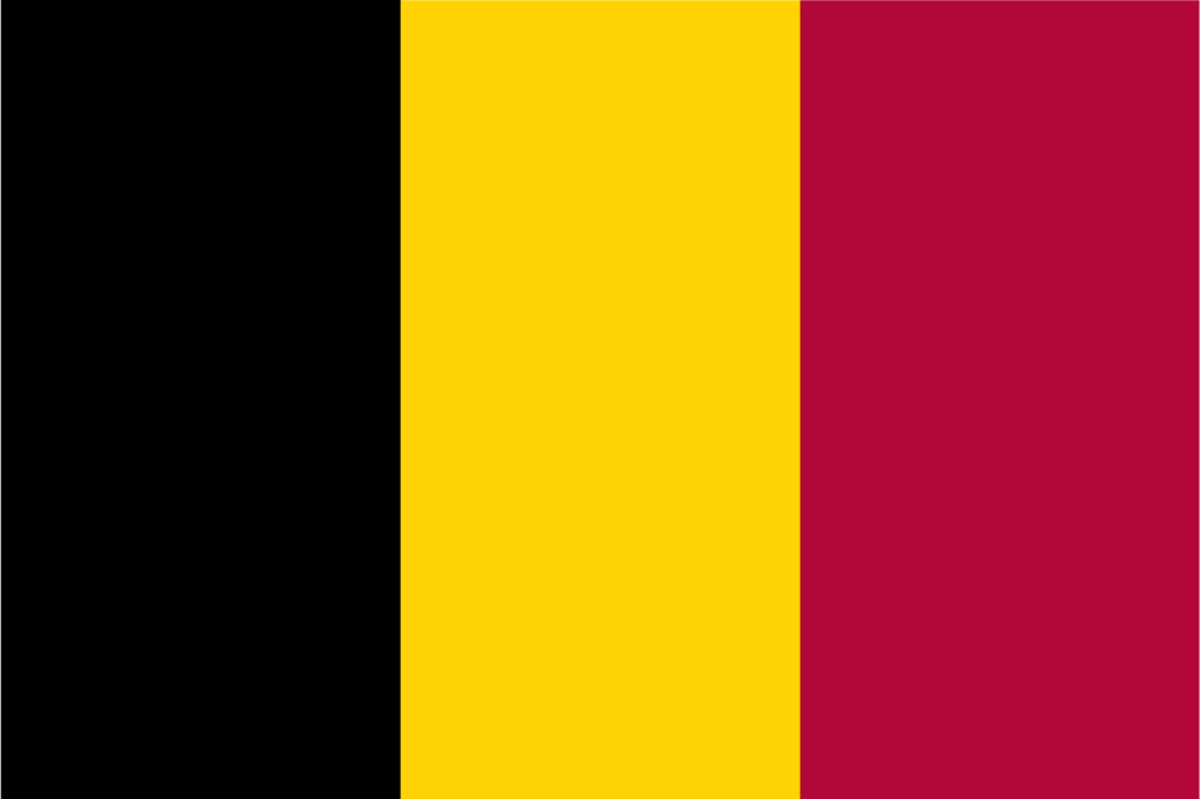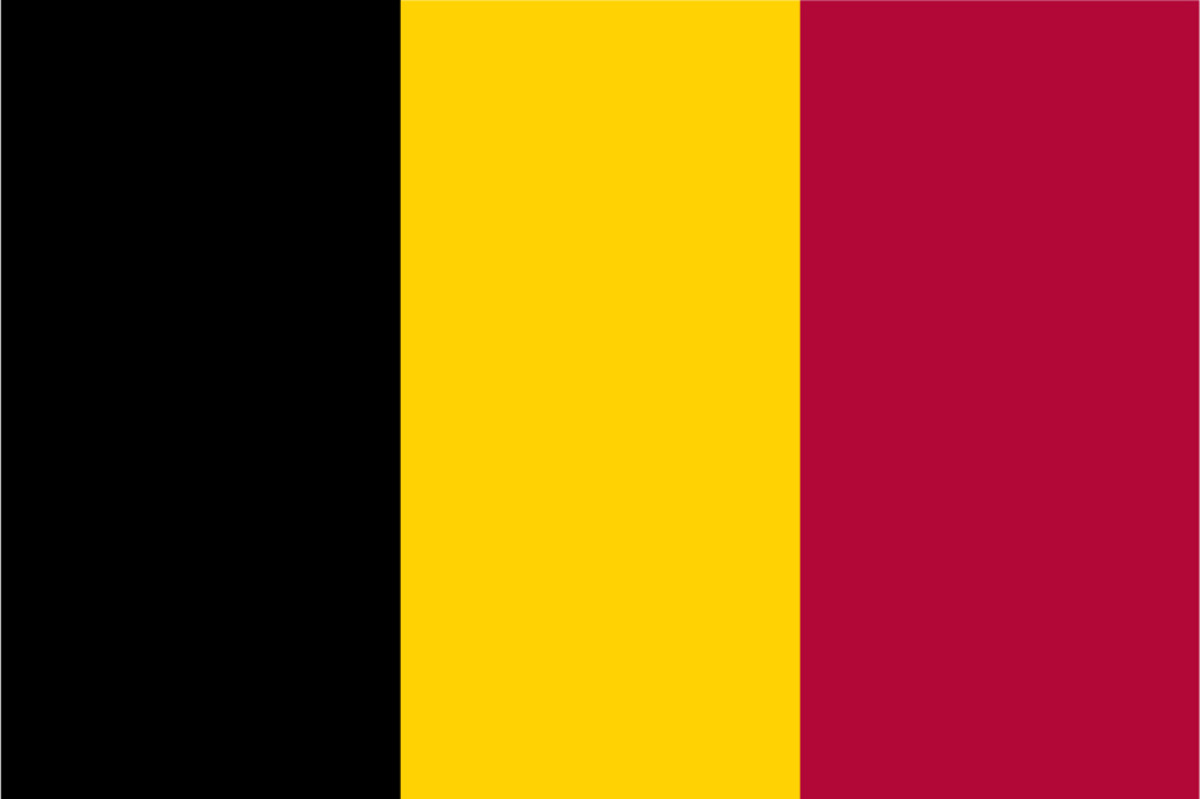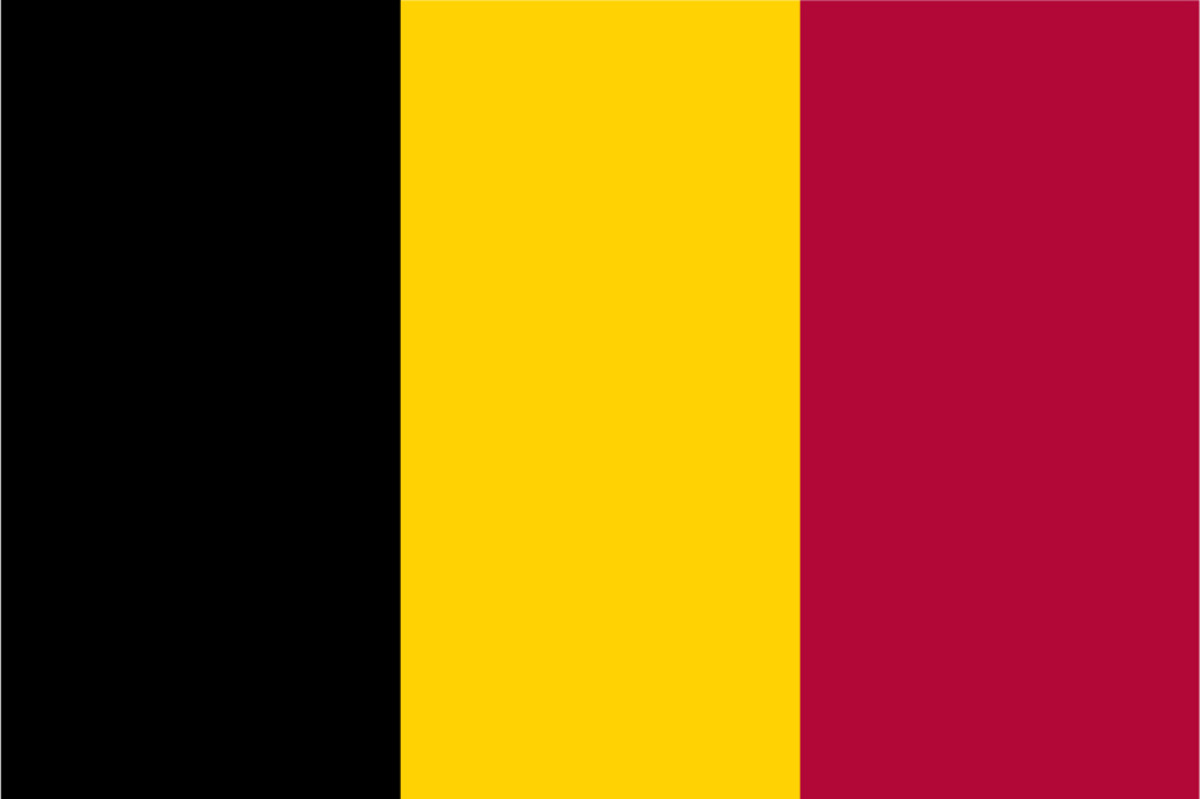Visiting St Nicholas's Church and 'de Goude Huyve' House, Brussels, Belgium: official spirituality and mammon conjoined?
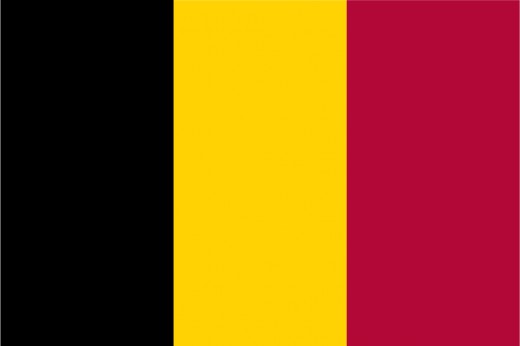
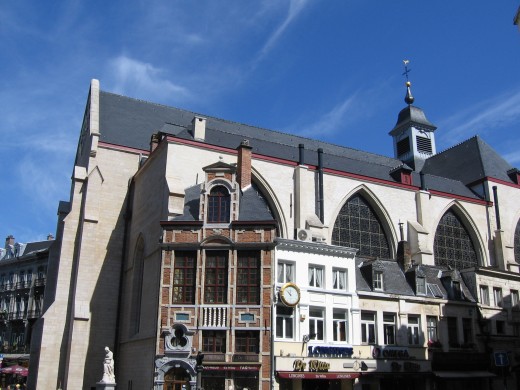
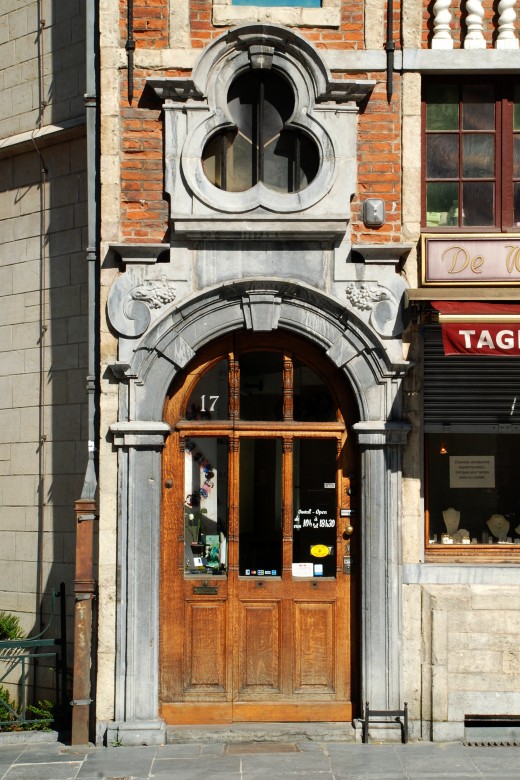
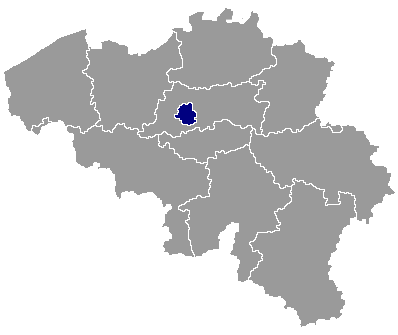
Lubrication and money continue to flow through the attached taverns
This rather unusual building complex is situated in Downtown Brussels (French: Bruxelles ; Dutch: Brussel ), Belgium. Situated at the intersection of (French) rue au Beurre / (Dutch) Boterstraat and (French) Petite rue au Beurre / (Dutch) Kleine Boterstraat , a row of mainly taverns is joined to a church, parts of which are nearly 900 years old.
St Nicholas's church (French: Eglise St.-Nicolas ; Dutch: Sint-Niklaaskerk ), is sometimes known as the Stock Exchange Church, given its proximity to the Brussels Stock Exchange, hardly a stone's throw away. Another well known landmark a short distance from St Nicholas's church is the much celebrated Grand' Place.
The original church, dedicated to St Nicolas, is thought to date from the 12th century; the choir is 14th century; a nave chapel was added in the 15th century. It underwent damage during religious troubles in 1579, and again in 1695, in time of war. A bell tower existed until the 18th century, when it collapsed. The interior of the church contains an old reliquary relating to a Roman Catholic person executed at Gorcum by Protestants in the 16th century; in turn, the church stands not far from the spot where Protestants were executed during that same century. There interior of the church also contains some noted woodcraft.
Two pictures have been supplied here of the building complex; one of the main body of the church, with the row of old houses backed onto it, and another of the main tavern entrance in the house immediately to the right of the church's main entrance: this first tavern in Baroque style, in the row of taverns going left to right, is known as 'de Goude Huyve' house. This house's frontage is distinguished by the tasteful, combination of orange brick and blue stone materials; it originally stood on another site. Its Dutch name means 'the Golden Bonnet', although it is actually left thus by the French-speaking citizens of Brussels, rather than translated into French.
I suppose a North American approach would be: Don't expect to advocate for Billy Graham and Coors at the same time. Or something like that. Some of the past nine hundred years or so of this Brussels church's history seem, however, to have been more accommodating, with their Belgo-Burgundian sense of comfort.
Also worth seeing
The visitor attractions of Brussels are too numerous to mention adequately, but a few of these must include the nearby Grand' Place, the Royal St Hubert Galleries, the Royal Palace and BELvue Museum and the Erasmus House Museum, Anderlecht.
...
How to get there: Brussels Airlines flies from New York to Brussels Airport (Brussel Nationaal / Bruxelles-National ), from where car rental is available. However, the Metro is a very convenient way of getting around Brussels. Some facilities may be withdrawn, without notice. Please check with the airline or your travel agent for up to date information.
MJFenn is an independent travel writer based in Ontario, Canada.
Other of my hubpages may also be of interest
- Visiting the Grand' Place, Brussels, Belgium: amazing, architectural gem
- Visiting the Royal St. Hubert Galleries, Brussels, Belgium: a quality shopping arcade dating from 18
- Visiting the Royal Palace, Brussels: imposing workplace of Belgium's monarch
- Visiting the BELvue Museum, Brussels: commemorating Belgium's Royal dynasty
- Visiting Anderlecht, Belgium: historical gem in bustling Brussels
